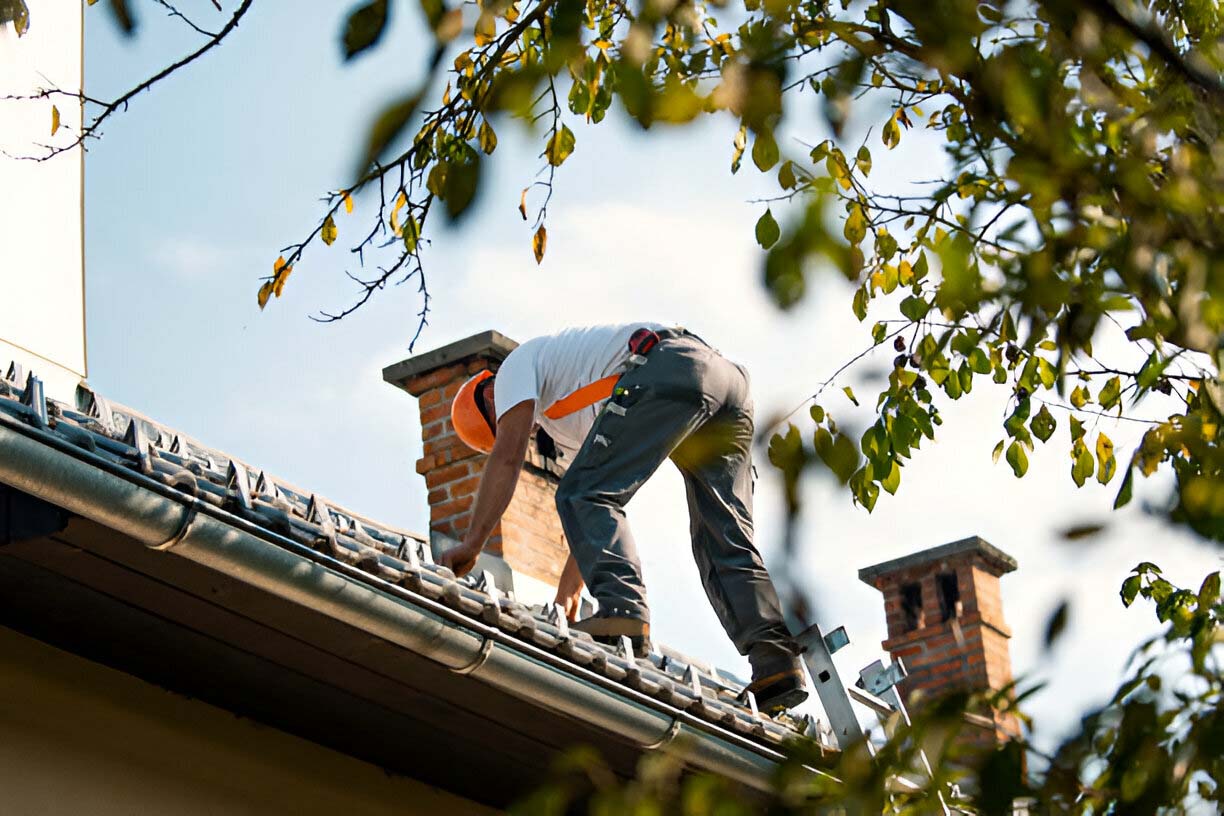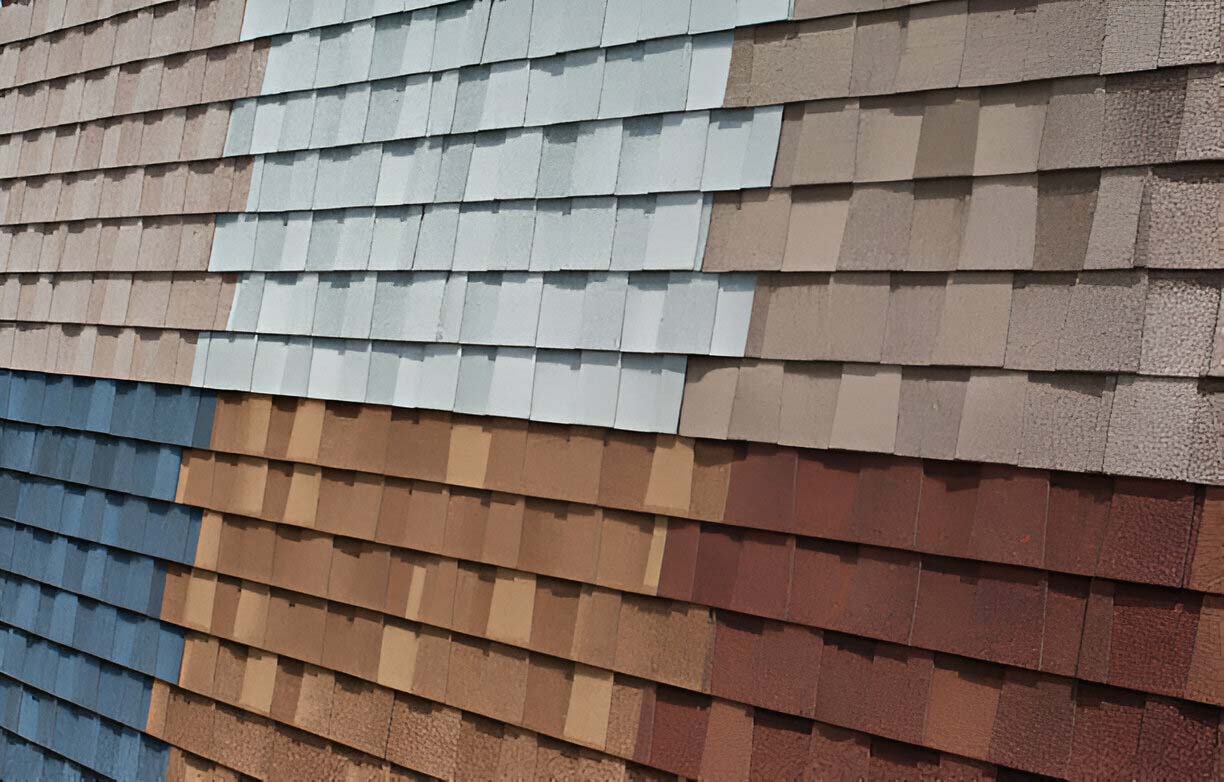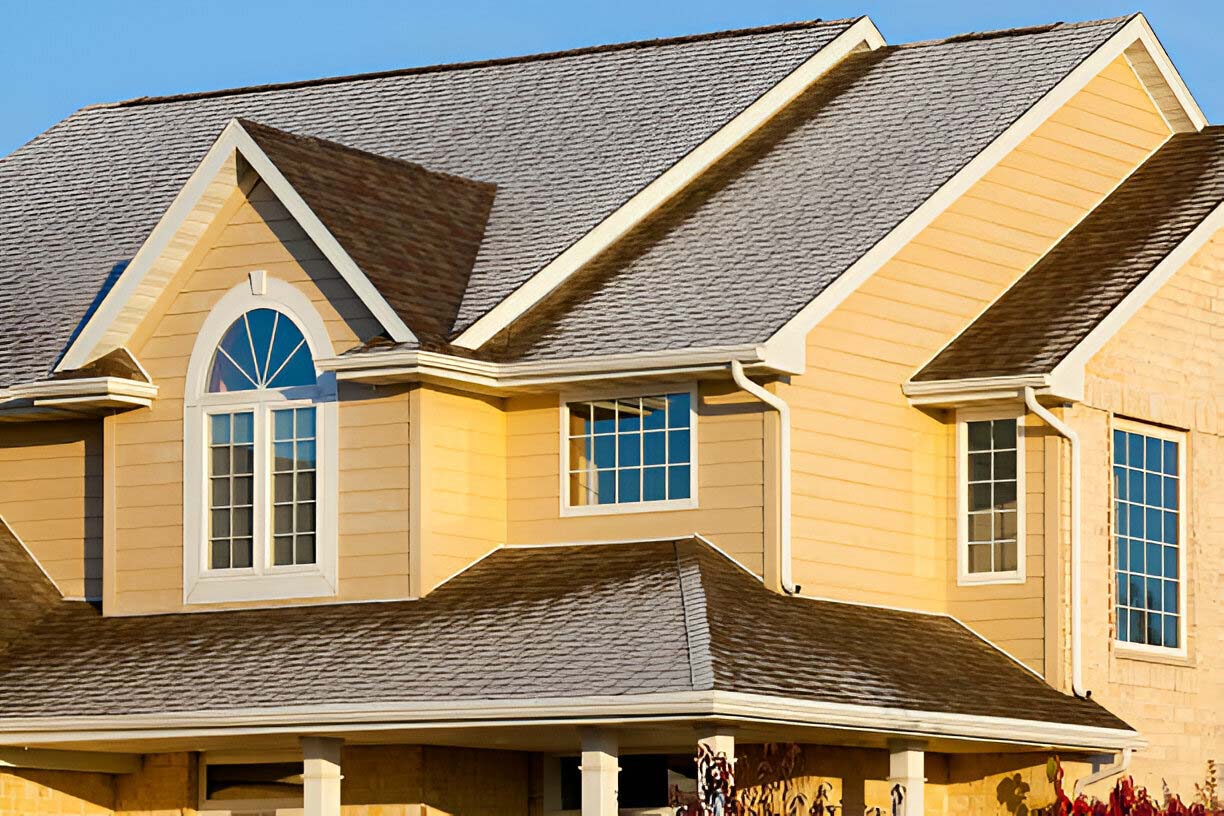Are you in the process of replacing your roof? If so, you’re probably aware that there are a multitude of options when it comes to roofing materials. Selecting the right one for your home can be overwhelming and stressful. After all, your roof is one of the most important elements of your house, providing protection against the harsh elements and adding to its overall aesthetic appeal.
With so many factors to consider such as durability, appearance, cost, and maintenance requirements – make an informed decision. Keep reading to learn more about the different roofing materials available and how to choose the right one for your replacement.

Look for Professional Roofers
Before diving into the various types of roofing materials, you must first find a reliable and experienced roofing contractor. They will be able to assess your home’s needs and provide valuable insights on which material would best suit your specific requirements. When researching roofers, make sure they are licensed, insured, and have positive reviews from previous customers. It’s also helpful to ask for recommendations from friends and family who have recently had their roofs replaced.
Consider Your Budget
When choosing a roofing material, it’s vital to consider your budget as this will greatly influence your options. Some materials, like asphalt shingles, are affordable and widely used due to their cost-effectiveness and ease of installation. On the other hand, premium materials such as slate or metal roofing come with a higher price tag but offer increased durability and longevity.
Furthermore, you’ll need to weigh the potential long-term savings; for instance, investing in energy-efficient materials could reduce your utility bills. Once you establish your budget, you can narrow down your choices and make an informed decision.
Assess Durability
Durability is an essential factor to consider when choosing a roofing material. The average lifespan of a roof varies depending on the material used, with some lasting up to 50 years and others only lasting 15-20 years. If you live in an area prone to harsh weather conditions, such as heavy rain or strong winds, opt for a more durable material like metal or slate.
Even within a single material type, there can be variations in durability. For example, asphalt shingles can range from 20-30 years to up to 50 years depending on the quality and manufacturer. On the other hand, metal roofs can last 40-70 years. It’s important to do your research and choose a material that can withstand the climate in your area.

Evaluate Aesthetic Appeal
Your roof can greatly impact the overall appearance of your home, making aesthetic appeal another crucial factor to consider. While some materials such as asphalt shingles come in a variety of colors and styles, others like slate offer a more classic and elegant look. Consider the architectural style of your home and choose a material that complements it.
In addition to color and style, also think about the shape and texture of the material. Clay tiles are known for their distinctive curved shape and can add a unique, rustic touch to your home. Ultimately, you want to choose a roofing material that provides durability and functionality while also enhancing the visual appeal of your home.
Check Local Climate Compatibility
There’s no better way to say this: different materials perform better in specific weather conditions. Clay tiles are excellent for hot, dry climates due to their ability to reflect heat, while metal roofs are highly durable in regions with heavy snowfall and ice. Conversely, asphalt shingles might not be ideal for extremely hot areas as they can deteriorate faster under intense heat.
Understanding how each material withstands the climate in your area will ensure the longevity and effectiveness of your new roof. Your roofing contractor can also offer valuable insights into which materials perform best in your local climate.
Consider Maintenance Requirements
No matter how durable or aesthetically pleasing a roofing material may be, each one has its own maintenance requirements. Some may require regular cleaning and inspections, whereas others might not need much upkeep at all. Consider the level of maintenance you’re willing to commit to, as well as any additional costs that may come with it.
Slate and metal roofing typically require minimal maintenance, while cedar shake shingles may need to be treated and sealed every few years. Again, your roofing contractor can provide guidance on the necessary maintenance for each material and help you choose one that fits your lifestyle and budget.
Choosing the right roofing material for your replacement involves careful consideration of various factors including budget, durability, aesthetics, local climate, and maintenance. By thoroughly evaluating your options and consulting with a professional roofing contractor, you can make an informed decision that will enhance the appearance of your home and provide long-lasting protection. The key to a successful roofing project lies in the detailed planning and informed choices you make.








